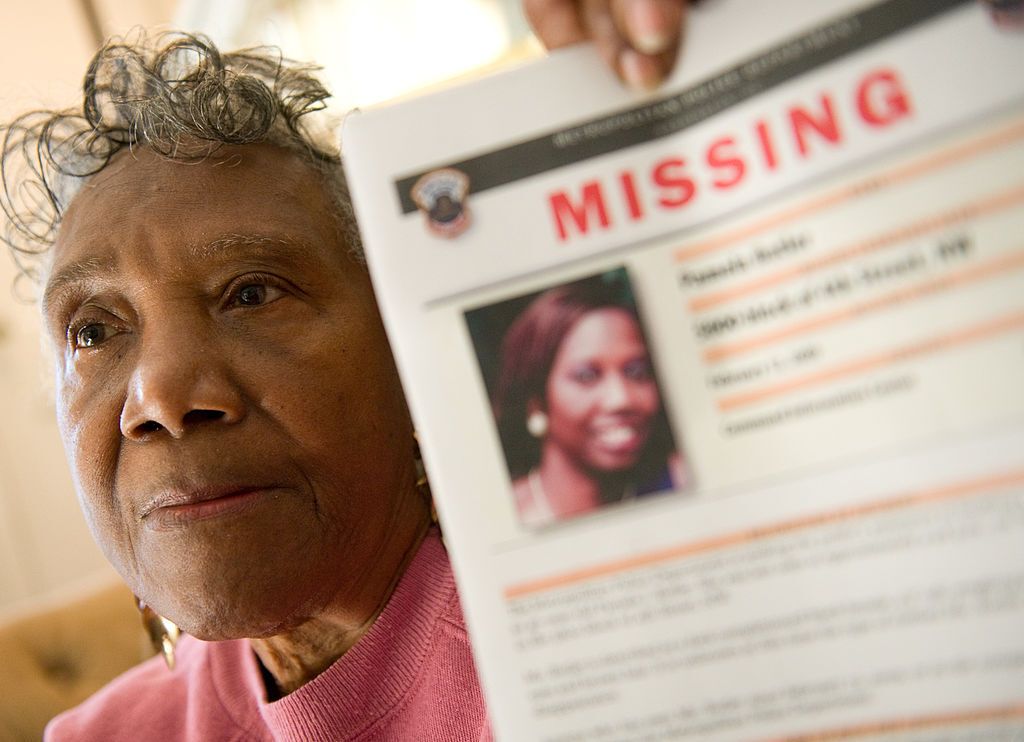Front Page Editor, HuffPost
A new HBO docuseries follows the Black and Missing Foundation’s efforts of more than a decade to locate missing Black people and draw attention to their disappearances. It also explores the media’s neglect of these cases ― what’s become known as “missing white woman syndrome.”
The term was first coined by the late journalist Gwen Ifill at the 2004 Unity: Journalists of Color conference. During the conference’s “Media Coverage of National Security” panel, Ifill ― between laughs ― remarked “if there is a missing white woman, you’re going to cover that every day.”
The “Black and Missing” docuseries ― in addition to revisiting the disappearances of Pamela Butler, Tameka Huston and Keeshae Jacobs, among other scarcely covered cases ― examines just why that is.
“This is a part of the disposability of Black lives in our country ― that two people can go missing at the same time and the entire nation focuses on the white person,” Vince Warren, executive director of the Center for Constitutional Rights, says in the second episode of the four-part series.
Warren also pointed out that the normalization of the dehumanization and violence against Black people in entertainment media goes as far back as the 1915 film “Birth of a Nation” and persists today with shows like the long-running reality series “Cops.”
“If you have been bombarded your entire life with messages and images of Black people being poor, down, out, dangerous ― it is no surprise that when a Black person is in distress, missing, murdered, it is not a big deal to much of white society,” the journalist said. “Because they don’t think we have much to lose.
“When we see on media that terrible things are happening in Black communities, many people think that the Black people are essentially accomplices in things that have happened to them.”
The consequences of this apathy have largely hindered Black families who are searching for their loved ones.
Janell Johnson-Dash, whose daughter Mishell-Nicole DiAmonde Green went missing in 2011, shared the trials she faced in attempting to get media attention focused her child’s case. Her story highlighted how crucial that coverage would be.
“It’s not easy to get exposure for a missing child of color,” Johnson-Dash told filmmakers.
While many of the Bronx family’s media efforts were fruitless, one successful contact ultimately led to their daughter’s return. After getting the attention of Whoopi Goldberg, Green’s parents went on Goldberg’s daytime talk show, “The View,” to discuss their daughter’s case. Fourteen minutes after their appearance, they received an anonymous tip and were reunited with their daughter.
Earlier this year, observations about the incessant coverage of social media personality Gabrielle Petito’s disappearance and later, death, led to increased awareness of the imbalance in coverage and drew promises of increased media accountability on covering cases of missing persons of color. The case of the young white woman and her missing, and also now dead, white fiancé, drew extensive coverage across media sites for months.
“Black and Missing” is available for viewing on HBO.
Front Page Editor, HuffPost

